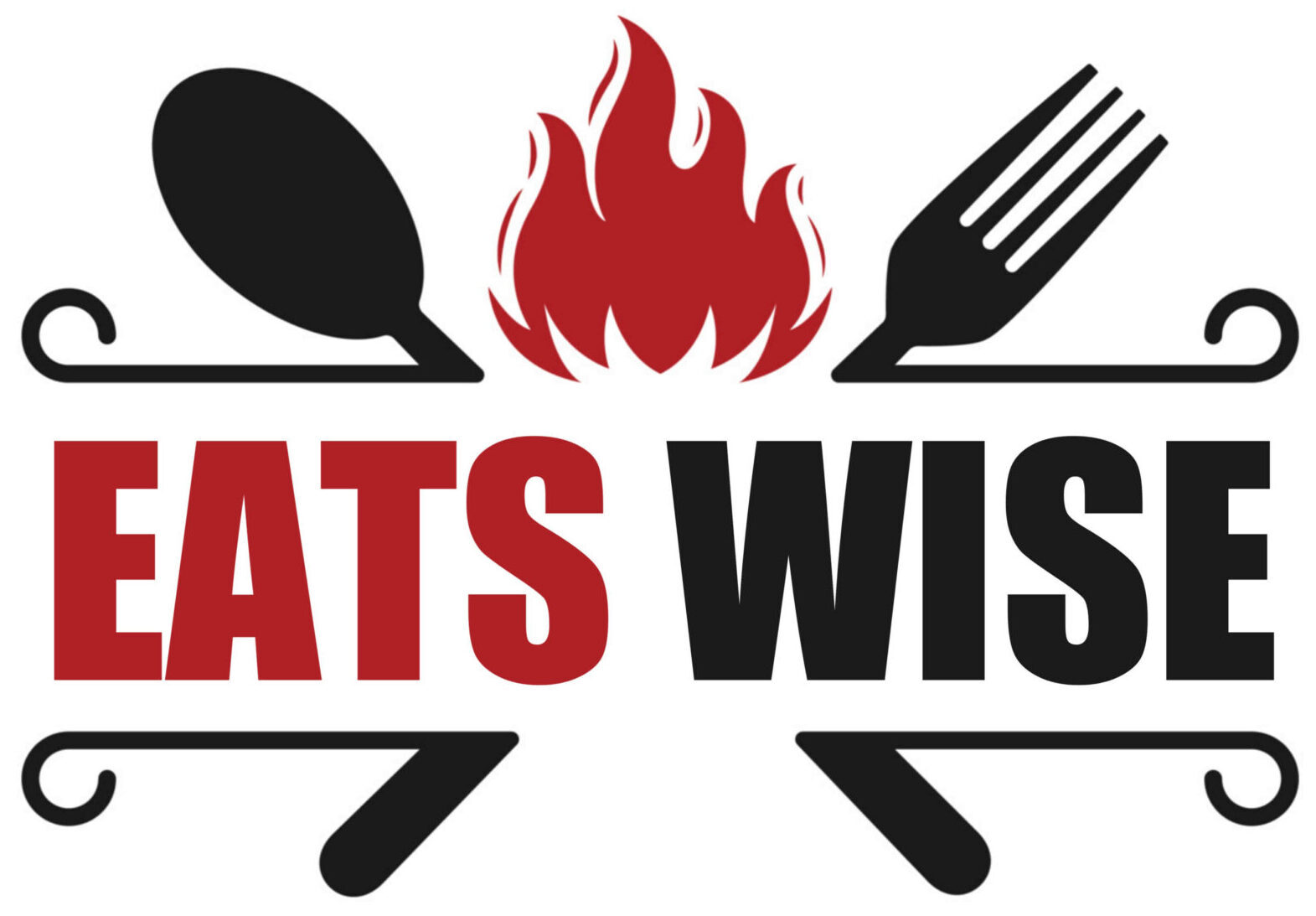Do Pizza Ovens Need Fire Suppression? (Explained) 2022
Last updated on September 11th, 2023 at 02:11 pm
Wherever there is a fire, the risk of a fire hazard can not be overlooked or ignored.
Since any continuous heat exposure is risky and can start a fire, you must necessitate fire suppression systems for household cooking or business environments.
Pizza ovens need fire suppression systems because it is the best method of controlling fire outbreaks. However, extinguishing a fire outbreak with water is likely ineffective because the grease used in cooking the pizza will escalate the fire. On the other hand, fire extinguishers could expose your pizza to chemicals!
Do Pizza Ovens Require Fire Suppression?
Pizza ovens require fire suppression. The reason is that pizza ovens, due to their mode of operation, are likely to encourage fire outbreaks, and fire suppression is most effective in putting out such fires, not to mention the convenience.
As a restaurant owner, the last thing you want to do is burn down your financial investment, especially when there is a convenient way of getting rid of all potential fire outbreaks.
Using fire suppression protects you, your commercial kitchen, your staff (if you have any), and all your other equipment from fire in the event of a fire outbreak.
The suppression system trips almost immediately when there is a fire and shuts down the gas line.
This fire suppression system works by releasing suppressants made specifically to reduce or suppress grease-ignited fires and further prevent re-ignition.
These suppressants are highly recommended and effective since they put out fires within seconds.
Are Pizza Ovens A Fire Hazard?
Even in their mode of operation, pizza ovens are not designed as fire hazards. However, some factors can increase the possibility of these ovens starting a fire, thereby increasing the risk of using them.
Let us look through the significant factors that could make a pizza oven a fire hazard without further ado.
#1. Hot Exterior
Most pizza ovens have an exterior metal panel that gets extremely hot outside when pizza is cooked.
There are different types and sizes of pizza ovens, and for some, they need to have attained a temperature of 450°F before pizza cooks.
In contrast, other ovens require a maximum heat of 900° to 1,000°.
This can escalate to a significant fire in no time because all other flammable materials around the oven may be ignited with such heat and begin to burn instantly.
#2. Breezy Conditions
Pizza ovens are sometimes designed to function in minimal windy or highly ventilated conditions. You’ll find this if you check the user’s guide for the oven.
It would be best if you did not place these types of ovens in breezy open spaces because they are made of very light metal and can be blown away, scattering the fire all over the kitchen, and risk you have to deal with a fire outbreak.
This wind also causes an increase in the oven’s internal temperature, another factor that could encourage a fire hazard.
#3. Poor placement
The primary cause of a pizza oven fire is poor or unstable placement when in use. Most pizza ovens operate using very high temperatures and should not be placed very close to flammable materials.
They should also be placed securely on an even surface to avoid falling over. Serious fire hazards can arise if it falls over and may become impossible to control.
You can avoid this by baking your pizza outdoors, except when the Manufacturer’s guide requires that it be used indoors. The porch or balcony is a suitable place to cook pizza conveniently.
#4. Poor assembly
Most of the pizza ovens we have around do not come unassembled, yet some may require you to assemble them at your convenience after purchase.
The user’s guide, though, often contains all the necessary information on how to do that.
Still, inappropriate assembling due to ignorance or negligence on your part can cause the oven to become unstable or waver when in use.
This factor often leaves a considerable risk of fire hazards. Always check the oven before purchase to see if it is preassembled. Contact an expert to help you fix it together if it is not.
#5. Poor attention
Once in use, you should check the pizza oven frequently in intervals of seconds apart.
Unfortunately, this means that you have to be highly vigilant and concentrate once you start cooking your pizza.
Leaving the pizza oven unattended keeps you at risk of suffering a fire outbreak and burning your pizza.
The goal here is not to instill fear about using pizza ovens but only to make you aware of the consequences of mishandling a pizza oven.
However, if you follow procedures carefully, you will never risk fire outbreaks. For example, when purchasing ovens for pizza, try as much as possible to buy one with a heat-resistant or regulating exterior.
These features reduce the heat and burns that you may have on the pizza itself. In addition, these pizza ovens are often coated with silicon which is a heat-resistant material.
Also, try as much as you can to read the user’s manual to understand better how to operate your pizza ovens to reduce the tendencies of a fire hazard.
The instructions from this manual are from experts who have used and tested the equipment. Therefore, it should not be overlooked.
Pizza ovens should always be placed far from walls and other household equipment. They should also have no flammable materials above or around them because, with these, chances are higher that they would be a fire.
Implementing this means that you should always keep pizza ovens 10 feet apart from household equipment.
Always shield your oven from wind or excess ventilation because it may get overheated and blow coals or even hot ashes all over your kitchen.
The oven needs just a moderate amount of air passing through it to ensure that the coals or woods still burn.
When using a pizza oven, using insulated gloves prevents unnecessary burns and helps you check if the oven is cool enough to move it around the kitchen.
These gloves also help when you remove ashes from the oven, especially if you use wood-fueled with an open fire.
Always check to see if the ashes are cool enough before removing them for disposal.
If you use a gas pizza oven, always switch off the oven and store it carefully. Also, constantly check the hose for any wear or tear.
If there is any evidence of excessive stress on the hose, change it as soon as possible.
Baking your pizza using a pizza oven can be relatively enjoyable, fun, and easy to do if you follow instructions carefully.
However, it may not taste very different from range-baked pizzas with a traditional taste and look.
Conclusion
Pizza ovens often need fire suppression systems to control fire outbreaks. These fire suppressants are necessary because they put the fire out effectively and as soon as the oven trips without fear of re-ignition.
Pizza ovens are not designed to cause hazards, but mishandling and use can cause severe fire hazards. Fortunately, you can control this fire hazard effectively without stress.







